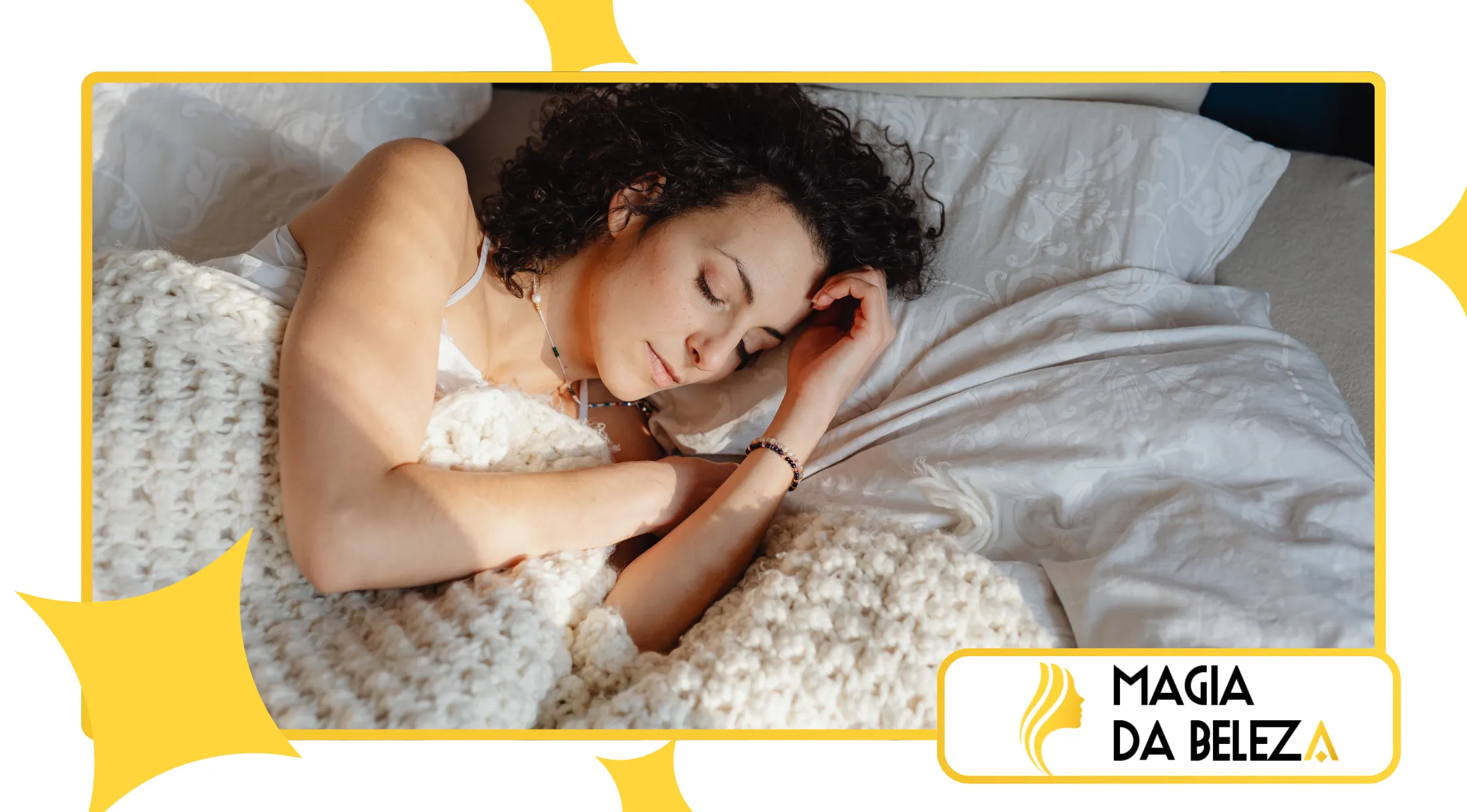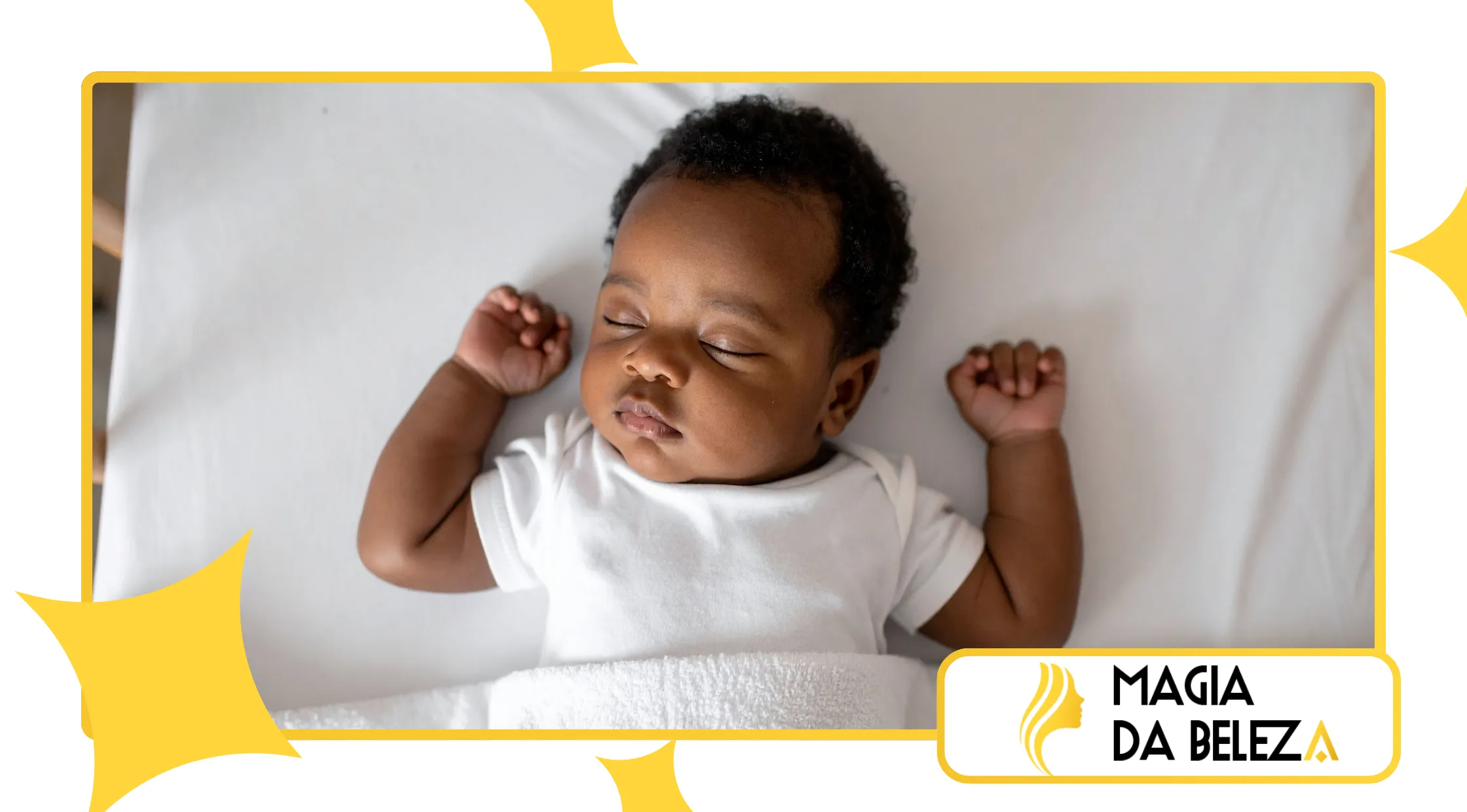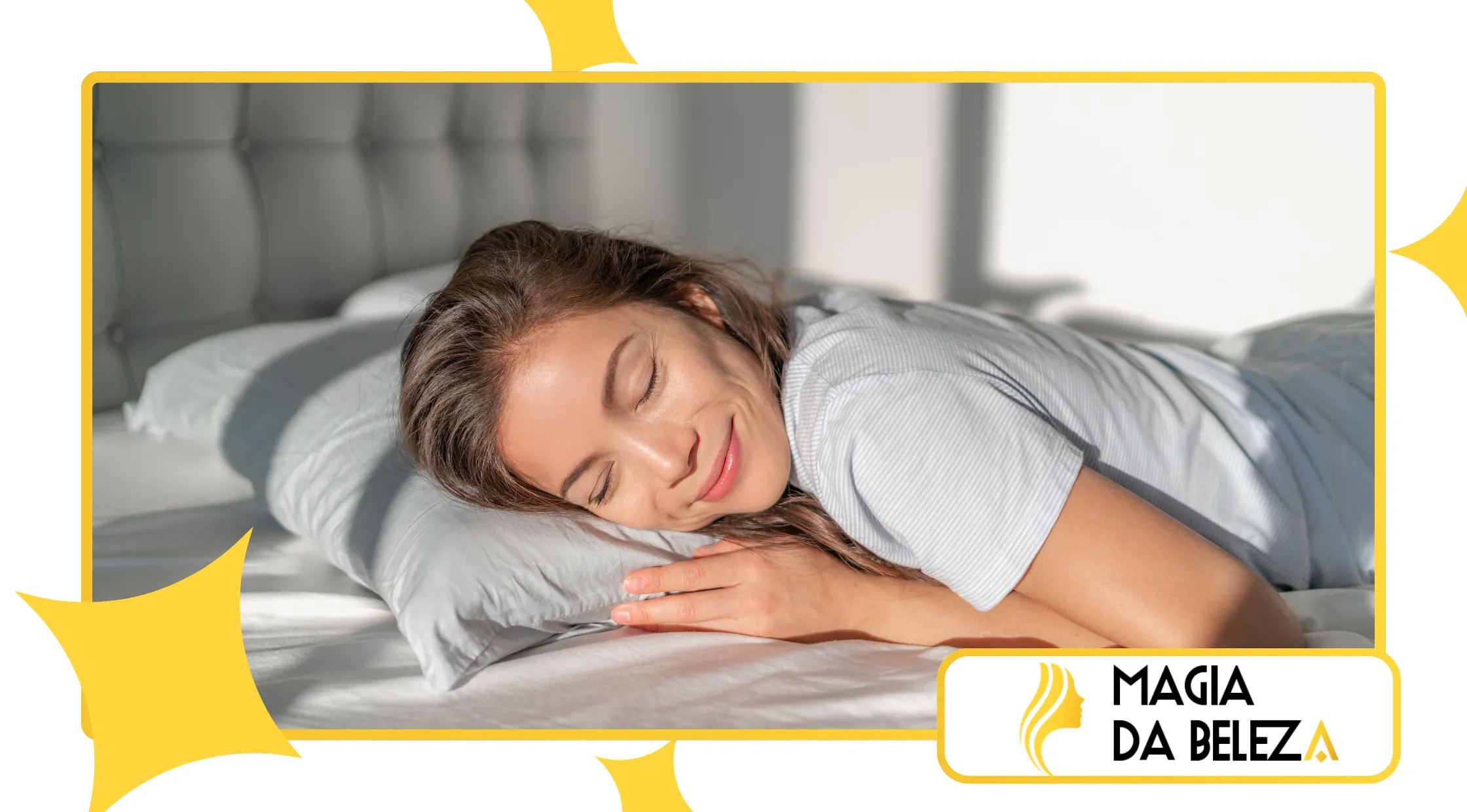Clothing that promotes sleep, recovery, and relaxation: fashion for moments of rest.

Clothes that promote sleep They represent a silent revolution. They have gone from being a niche to becoming a priority in personal health strategy.
Advertisements
We live in a time of hyperconnectivity, where the demand for performance is relentless and quality rest has become a rare commodity.
Sleep is no longer a matter of luck; it's an active and intentional strategy for well-being.
This is where fashion comes into play, transforming into technology and functioning as a decompression ritual.
The industry of sleepwear it expanded, merging with the loungewear and the recovery wear, with a focus on optimizing every pause.
Advertisements
Well, we're going to decipher this trend, showing how tissue science influences body biology and how design directly affects mental state.
What does the body need for true rest?
Sleep is not a passive state; it is a time of intense cellular repair. While the brain processes and consolidates memories, the body demands ideal conditions for recovery.
The most important of these is thermoregulation. To initiate sleep, the body's core needs to cool down slightly.
This drop in temperature is the switch biological signal that indicates the beginning of rest.
Inappropriate clothing hinders this process, creating a heat barrier that leads to micro-awakenings, often imperceptible, but which fragment the deeper phases.
See how interesting: How to take care of your skin and hair while traveling
These disruptions undermine effective recovery. That's why breathable tissues are crucial.
They manage heat and humidity, allowing for the maintenance of the perfect microclimate, which is the foundation of the architecture for restful sleep.
How can tissues act as biological regulators?
Choosing the right material has become a science. Natural and functional fibers stand out because they go far beyond mere tactile comfort.
Silk, for example, is an amphoteric material: it adapts to the external temperature, keeping the skin cool in the heat and warm in the cold.
Tencel (Lyocell) is a sustainable advancement, whose cellulose fiber is extremely soft and absorbs moisture efficiently, preventing the "wet" feeling that disrupts sleep.
Another champion is organic Pima cotton, whose long fibers guarantee durability, breathability, and a softness that minimizes skin irritation.
Read more: Celebrity-Inspired Beauty Trends
In contrast, low-quality synthetic fabrics cause friction and can raise body temperature, compromising the quality of deep sleep.
Prioritizing these functional textures is a decision that directly affects health.
These materials make up the clothes that promote sleep, serving as the basis for uninterrupted relaxation.

How does textile technology accelerate recovery in sleep-promoting clothing?
Wearable science is the next frontier. Clothes are not just about style; they become tools of... wellness.
Fabrics with ceramic minerals are remarkable. They absorb body heat (energy) and re-emit that heat as infrared rays.
Far-infrared light penetrates the skin, stimulating blood microcirculation.
Clinical research and registrations with Anvisa (Brazilian Health Regulatory Agency) prove the effectiveness of fabrics with bioceramic technology, which stimulate vasodilation, improving oxygenation and blood flow.
Find out more: Micro-habits for well-being that combine with fashion.
(Reference based on studies of tissues with bioceramics/far-infrared, 2024/2025).
This facilitates the removal of toxins and accelerates muscle recovery, benefits long used by athletes, but now reaching the general public, transforming pajamas into... wearable tech.
Therefore, imagine a line of loungewear infused with zinc particles.
The mineral has antimicrobial properties, which keeps the fabric sanitized for longer, reducing odors and improving skin health.
These innovations define the clothes that promote sleep and make rest more efficient and clean.
What is the role of ritual and design in mental relaxation?
The human mind needs a clear signal; a ritual defines the boundary between states. Changing from work clothes to leisure clothes is a powerful psychological trigger.
It tells the nervous system: "Slowing down is allowed."
The fit is just as important as the fabric, because clothes that are too tight cause unconscious discomfort, restricting breathing and movement.
Fluid designs are preferred because they convey a sense of freedom that the brain interprets as security, facilitating stress relief.
We can say that putting on these clothes is like closing an application at the end of the day. It ends multitasking, freeing up RAM for maintenance.
The recovery pajamas are the order of the day. shutdown which initiates the restart process.
Minimalist design is intentional; calm colors promote visual tranquility. Fashion becomes a silent therapy.
To the clothes that promote sleep They are part of the routine and are the first step in sleep hygiene. Is it possible to achieve better rest without them?
Performance Table: Optimizing Nighttime Recovery
| Optimization Factor | Best Fabric Choice | Direct Biological Effect |
| Thermoregulation | Silk, Tencel | Avoid overheating (signal to sleep) |
| Microcirculation | Fabric with Bioceramics | It accelerates muscle recovery and detoxification. |
| Moisture Management | Tencel, Fine Merino Wool | Prevents micro-awakenings caused by a feeling of dampness. |
| Tactile Comfort | Pima cotton, Silk | It reduces friction and decreases sensory irritation. |
| Psychological Adjustment | Relaxed Styling | It signals freedom and security to the nervous system. |

How to make the right investment in your rest with clothes that promote sleep?
It's necessary to look beyond aesthetic appeal. Analyze the fabric composition, check the seams (which should be discreet or nonexistent), and look for the absence of bothersome labels.
High-quality parts last and deliver superior value for money in the long run.
The lingerie and sleepwear market is experiencing strong growth.
Research from IEMI (Institute of Industrial Studies and Marketing) indicates a steady increase in the sector, driven by the search for comfort and functionality.
(Data based on market studies 2024/2025, IEMI).
Choosing wisely means valuing your health. It's not an expense, but a way to save on your well-being.
To the clothes that promote sleep They are your ally and your passport to a restorative and fulfilling night.
Frequently Asked Questions
Are there any contraindications for the use of far-infrared fabrics?
In general, there are no significant contraindications for fabrics with bioceramics. However, people with extreme sensitivity should monitor their skin's reaction.
It is important that the product is registered with regulatory bodies (such as Anvisa in Brazil) to attest to its safety.
Should sleepwear be washed after each use, like underwear?
Not necessarily. It is recommended to change and wash it after a maximum of three nights of use.
This is sufficient to maintain hygiene, preserve the durability of the fabric, and prevent excessive accumulation of sweat and body oils.
Is the high price of these pajamas justified?
Yes. The price reflects the investment in research and development, the superior quality of the fibers (such as Tencel or Silk), and the inclusion of technologies (such as infrared).
Functional pieces offer tangible health benefits, justifying the added value.
Can the color of your sleepwear influence your relaxation?
Neutral, desaturated colors or pastel shades (such as light blue, gray or beige) are recommended.
They do not stimulate the visual system and reinforce a calm environment, facilitating the transition to sleep.
++ Sleepwear
